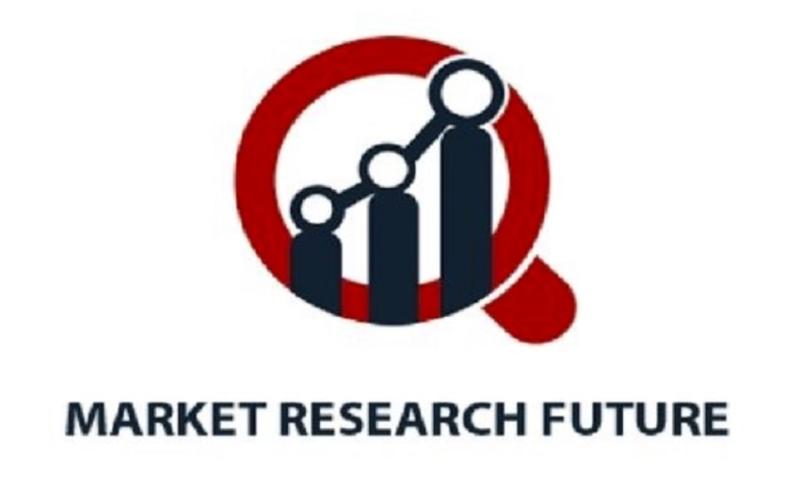Q: How has the retail and e-commerce sector changed over the past two years?
A: Much has happened over the past two years, especially with the intensification of the global trade war. It is no longer just between the United States and China; we are seeing increased trade tensions between the United States and many parts of the world. However, the US-China conflict remains particularly significant, leading many Asian manufacturers to view Mexico as a major opportunity to reduce tariffs and bypass trade barriers.
Cross-border e-commerce also surged in the past two years. We have seen a surge driven by major Chinese players like Temu, Shein, Shoppe, and AliExpress. Marketplaces in the Americas have also stepped up. Amazon introduced its Global Selling program. Walmart launched similar initiatives, particularly between Chile, Mexico, and the United States. Mercado Libre also boosted its global sales initiatives.
Q: What product categories have grown in recent years?
A: Electronics and tech products have always had strong trade volumes, but we have also seen significant growth in other areas, especially beauty, skincare, fashion, food products, and supplements. Latin America produces many functional foods that do not exist in other parts of the world, leading to an increase in exports.
Q: Given that omnichannel is now a necessity, how does LAP Global help unify clients’ sales channels?
A: We follow two core pillars. First is technology development. We have built tech that allows our clients to reach international markets efficiently. Through our platform, they can manage sales across multiple global marketplaces in one place, uploading product catalogs, optimizing listings using AI, and streamlining logistics. We have also negotiated excellent shipping rates due to the aggregate volume we handle. Our clients benefit from discounts of up to 90% with carriers, which makes cross-border logistics accessible, cost-efficient, and competitive.
Second, we can operate as an agency. Our team of key account managers and customer success agents work with brands to develop marketing strategies and improve product visibility on marketplaces. We have also incorporated AI to optimize marketing campaigns, generate more views, and respond to customer inquiries faster. We combine advanced tech with human support to help clients boost sales and manage cross-border operations effectively. We focus on solving the foundational issues, like compliance and logistics, and then using tech to enable true omnichannel presence and optimized sales.
Q: Beyond data scraping and categorization, how does LAP Global use AI to support both its clients and internal operations?
A: Every marketplace has different requirements and recommendations for product listings. We use AI to analyze and interpret each marketplace’s guidelines, then optimize our clients’ product listings through our platform so that they meet the best standards. We call this a “10 out of 10” listing, one that meets all the criteria for optimal organic positioning, beyond just paid advertising. We also use AI to optimize advertising campaigns. These campaigns are driven by keyword bidding strategies. Over time, the system learns which keywords convert best, and we use AI to enhance and manage this learning process more efficiently.
Internally, all of our developers use AI tools to handle coding and development tasks. This has allowed us to significantly increase our team’s capacity without having to increase the number of internal resources. In other words, we have gained efficiency and speed, making the team much more productive.
Q: How is LAP Global helping clients use data for predictive analytics or demand forecasting?
A: We begin by analyzing demand generation funnels. Technology allows us to determine how many times each keyword was searched over the past 30 days. Based on that, we map out a strategy. We then choose the most strategic keywords to target and then estimate the click-through rate (CTR). From there, we calculate how many clicks and how many conversions we might expect based on the quality of the listing and the brand’s recognition. We run simulations based on search volume, impression rate, CTR, and conversion rate, all tailored to the client’s budget and market category. We factor in seasonal peaks like Buen Fin or Black Friday, and even product-specific seasonality.
Q: Looking ahead to 2025, what are LAP Global’s key goals, particularly for Mexico and Latin America?
A: We are excited about the advances we have made in the e-commerce sector, especially around cross-border trade. We have seen increased engagement from marketplaces like Amazon, Walmart, and MercadoLibre, which are now fully committed to cross-border strategies. Liverpool in Mexico is also preparing to launch its own cross-border model.
Mexico remains our primary target market, and we will continue to invest heavily there. After testing our model in Colombia and Chile we are expanding into Argentina and Brazil. The United States is our primary destination market, but we are also exploring intra-Latin American cross-border trade.
LAP Global, a Chilean software developer, specializes in cross-border e-commerce for Latin American brands, helping companies internationalize their products in the main marketplaces of the world.








